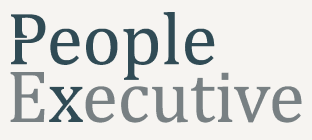Quiet quitting can be viewed from several different opposing angles. Proponents (mostly young professionals just starting out in their careers) believe that by doing the bare minimum in their jobs and rejecting “hustle culture” (another hot workplace topic), they can have a better work-life balance. This concept comes in the wake of the pandemic, which shed light on the importance of boundary setting and self-care.
What started as a TikTok trend is now being taken seriously by perceptive employers — and rightfully so. This “anti-work” phenomenon is real — at least half of all U.S. employees report resorting to quiet quitting in a recent Gallup poll. It’s another sign that the workplace can be reimagined to increase employee engagement, productivity, and a better, more balanced workplace, all of which benefits the company bottom line.


